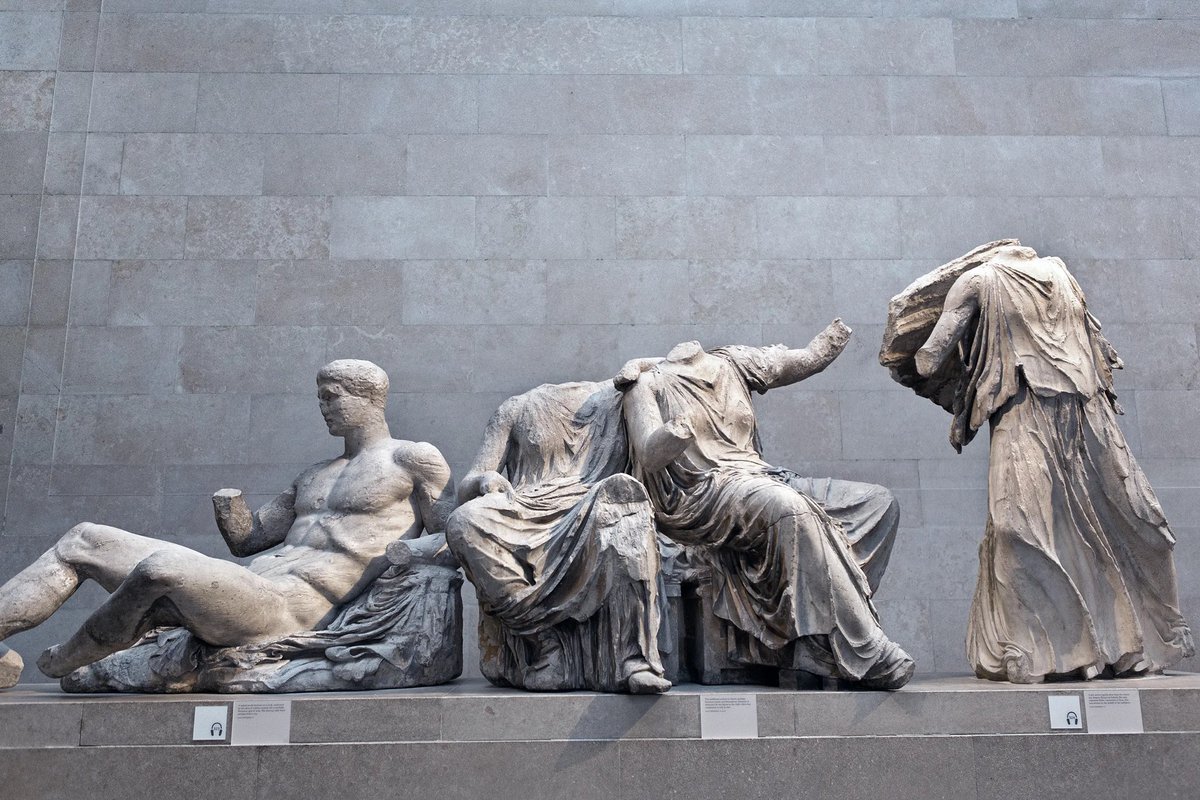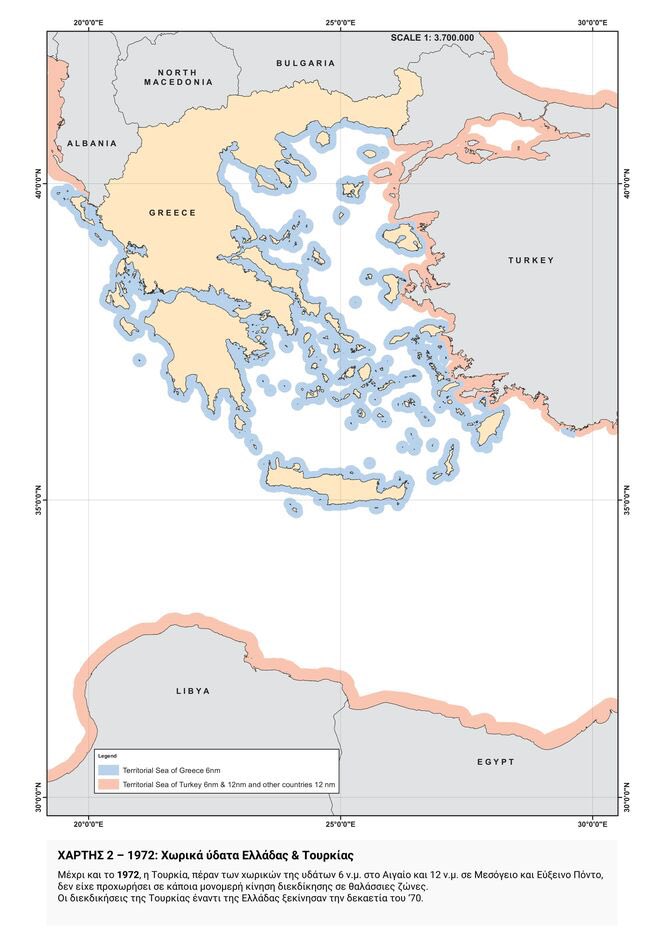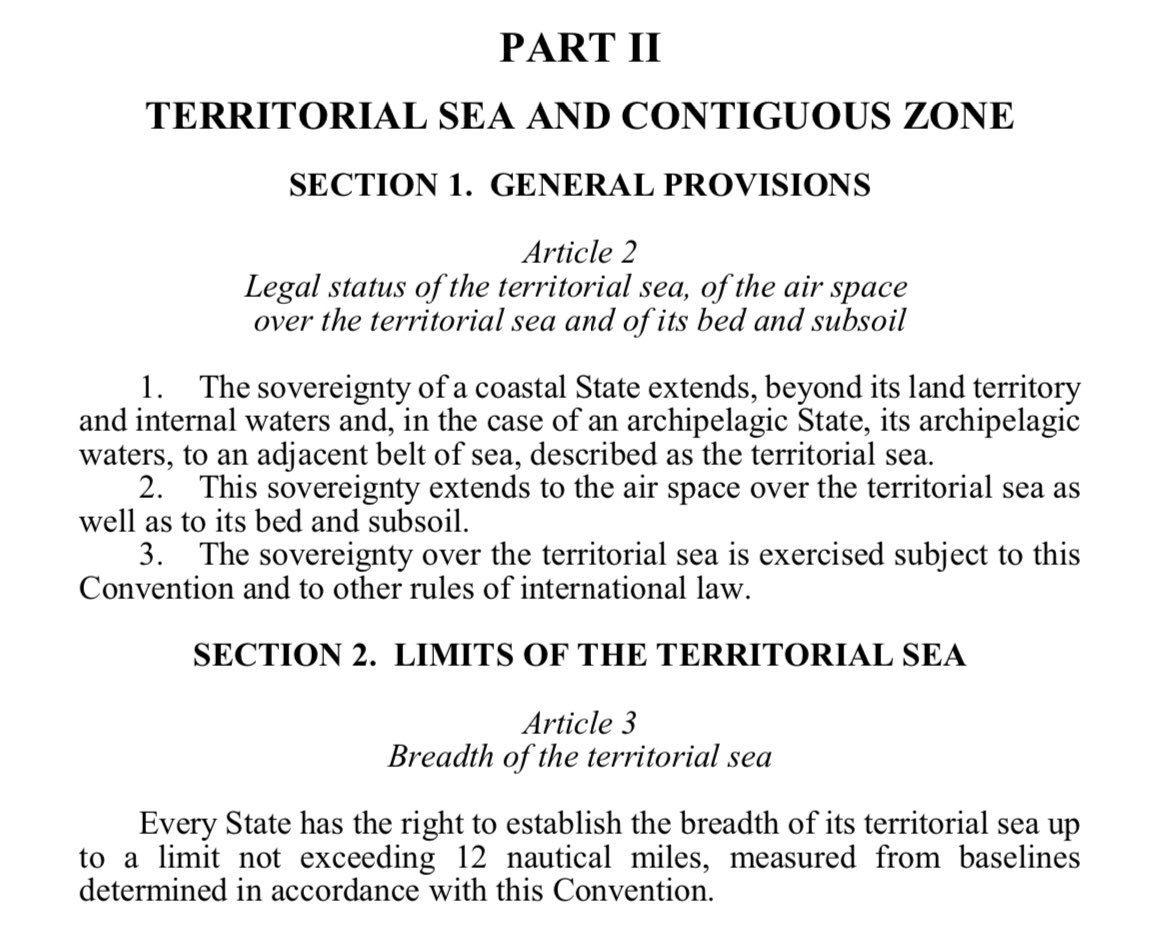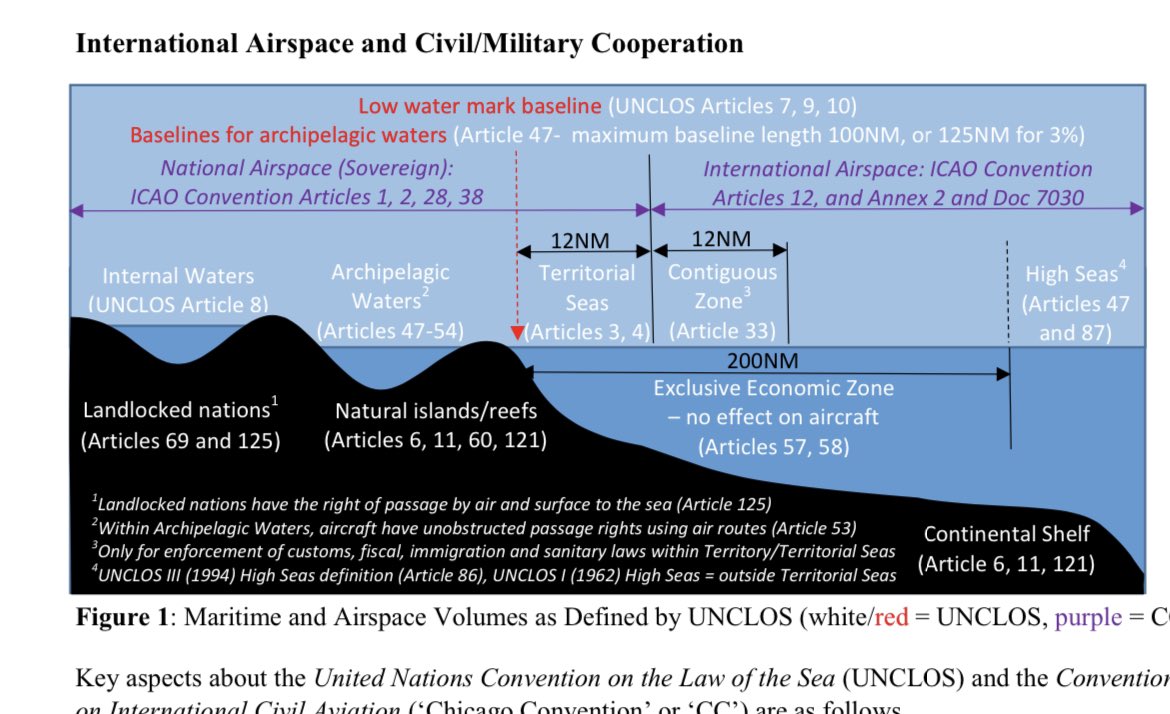
Since 1900, Greece had 679 earthquakes up to a magnitude of 7.7.
The strongest earthquake since 1900 occurred 67 years ago:
Major magnitude 7.7 earthquake - 19 km south of Amorgos, Cyclades, South Aegean, Greece, on Monday, July 9, 1956 at 03:11 GMT
Earthquakes in Greece:🧵
The strongest earthquake since 1900 occurred 67 years ago:
Major magnitude 7.7 earthquake - 19 km south of Amorgos, Cyclades, South Aegean, Greece, on Monday, July 9, 1956 at 03:11 GMT
Earthquakes in Greece:🧵

Greece is the most earthquake-prone country in Europe, as it located at the convergence of the Eurasian plate over the African one, as well as the western termination of the North Anatolian Fault Zone.
researchgate.net/publication/26…

researchgate.net/publication/26…


Since 1950, more than 990 people have been killed in Greece by the direct consequences of earthquakes. There were 23 earthquakes that also caused a subsequent tsunami, which claimed further lives, and cause additional damage.
worlddata.info/europe/greece/…
worlddata.info/europe/greece/…
The European Seismic Hazard Map displays the ground motion expected to be reached or exceeded with a 10% probability in 50 years. Blue colours indicate comparatively low hazard areas, yellow-orange colours indicate moderate hazard areas, & red colours indicate high hazard areas. 

The last earthquake in Greece occurred just 3 weeks ago: Strong mag. 5.9 earthquake - Eastern Mediterranean, 79 km southeast of Rhodos, Greece, on Wednesday, Jan 25, 2023 at 2:37 pm (GMT +2). 

The Hellenic arc is one of the most seismically active areas in Europe and has been the source of many historical earthquakes, some of which have caused significant damage and loss of life. 



Earthquakes in this area can be as forceful as 7 to 7.5 magnitude. The area is the threshold of contact and convergence of the African with the Eurasian lithospheric plates, with the former sinking slowly but steadily at a rate of about 4.5 cm per year below the latter. 

The 1999 Athens earthquake occurred on September 7
with a moment magnitude of 6.0 and a maximum Mercalli intensity of IX (Violent). 143 people were killed, and up to 1,600 were treated for injuries in Greece's deadliest natural disaster in almost half a century.
with a moment magnitude of 6.0 and a maximum Mercalli intensity of IX (Violent). 143 people were killed, and up to 1,600 were treated for injuries in Greece's deadliest natural disaster in almost half a century.

The 1953 Ionian earthquake (known as the Great Kefalonia earthquake) M=7.2 struck the southern Ionian Islands in Greece on August 12. In mid-August, there were over 113 recorded earthquakes in the region between Kefalonia & Zakynthos, and the most destructive was on August 12. 

Kefalonia, Zakynthos and Ithaca suffered from total destruction, and out of the 33,300 homes of those islands the 27,659 were completely destroyed.455 people were killed and 2412 were injured. 

The earthquake of 1956 near Amorgos with the shifting of tectonic plates in a depth of 39 km resulted in 53 deaths and considerable damage, generated a local tsunami, leading to further victims and destruction. 



Before 1900, the 1881 Chios earthquake had an estimated magnitude of 7.3 and there were an estimated 7,866 casualties. The town of Chios was devastated while in the rest of the island, 25 out of the 64 villages were destroyed with another 17 badly damaged. 



In 365 AD, Crete was struck by an earthquake with a magnitude of 8.2 or higher. Virtually everything was damaged or destroyed on the island and the subsequent tsunamis caused by the tremors impacted parts of what is today Greece, Libya, Egypt, Cyprus, Italy, and Spain. 



In 464 BC an earthquake destroyed ancient Sparta. Historical sources suggest that the death toll may have been as high as 20,000, although modern scholars suggest that this figure is likely an exaggeration. 

According to a recent study by the University of Plymouth, the ancient Greeks may have built sacred or treasured sites deliberately on land previously affected by earthquake activity.⬇️
Fault lines created by seismic activity in the Aegean region may have caused areas to be afforded special cultural status, and as such, led to their becoming sites of much celebrated temples and great cities. 

There are prominent examples to support the theory, such as in Delphi itself, where an ancient Greek sanctuary was destroyed by an earthquake in 373 BC only for its temple to be rebuilt directly on the same fault line. 



• • •
Missing some Tweet in this thread? You can try to
force a refresh




























